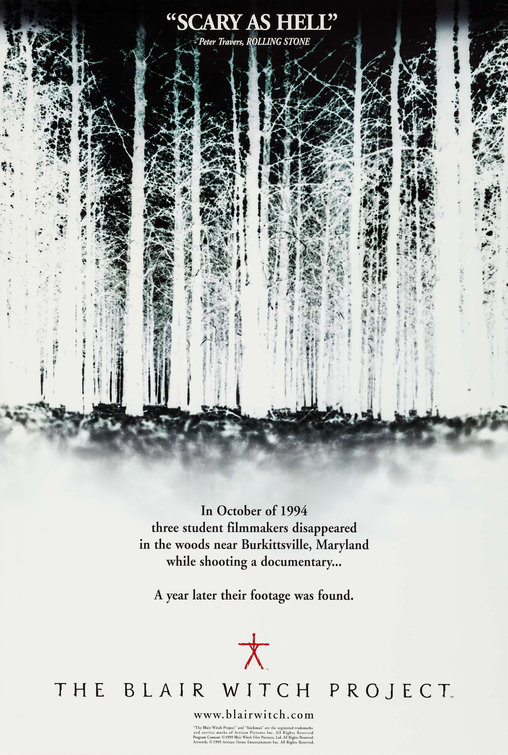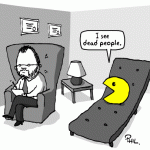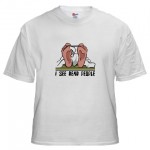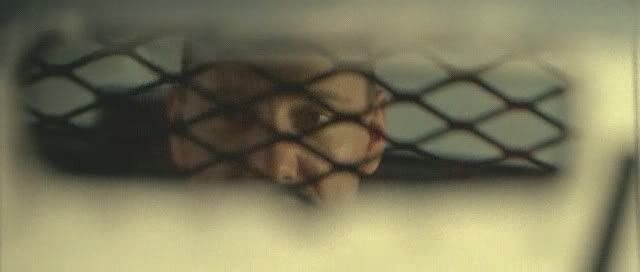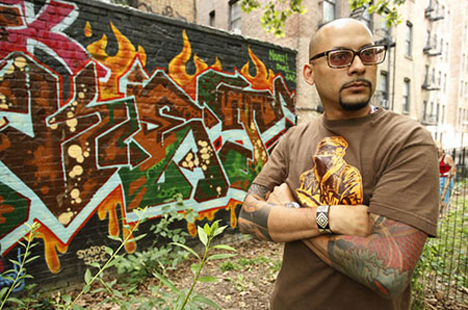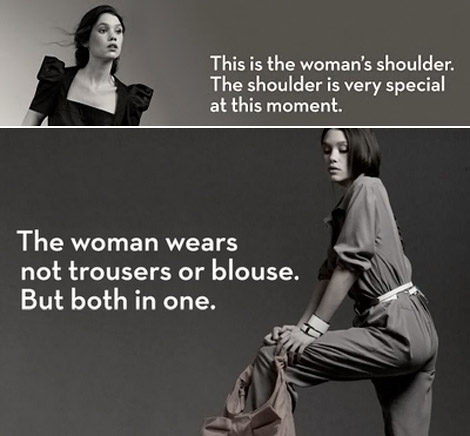Before I delve into my Internet material I just wanted to share a quote about Gotham City from the ‘Batman’ comic-series. After looking over the ‘Urban-Decay’ topic, Gotham could be scene as the epitome of cultural decay; dark, full-of criminals & chaos and the evil twin of the glorified fictional city of Metropolis, home to American-hero Superman. In regards to Gotham City here is this beautiful quote:
“Batman’s Gotham City is Manhattan below Fourteenth Street at eleven minutes past midnight on the coldest night in November.” –‘Batman’ writer and editor, Dennis O’Neil
For my Internet material I would like to discuss the official ‘Blair Witch Project’ site. This viral site furthers the anxiety of the film because it presents actual biographies of the filmmakers, timeline of events and a presents a mythological description of the fabled ‘Blair Witch’ all giving the image that this event could have actually happened. Chuck Tryon in ‘Video from the Void: Video Spectatorship, Domestic Film Cultures, and Contemporary Horror’ talks about how contemporary films such as the aforementioned ‘Blair Witch Project’ have a distinct characteristic that ‘blurs the boundaries between documentary and fiction.’ Through this viral marketing campaign that portrays the film as actual found footage the knowledge and information that is given to the audience is definitely distorted. When this film first came out in 1999 I wasn’t even ten years old and conveniently just started camping with the Boy Scouts. So with a film about a murderous witch that haunts the forests and hunts those who enter the woods, being heavily involved in an organization that was based around camping in the woods presented a grand set of circumstances for me. There were countless moments at night when I was playing manhunt in the woods and my friends and I imagined what would happen if the actual Blair Witch was in the woods that we were. This film with its vague commercials that left so much up left to the imagination to twist around I believe is one horror film that could define our generation. It can be seen as the first initial segue from the more traditional planned horror films to the a new set of immersive films that focuses on 1st person camera angles, extreme close-up & camera shifts along with a disturbing sense of realism set in a pseudo-documentary setting that states that the film that is being presented is actual found-footage from three doomed students. This could further be connect to the idea of ‘trans-media storytelling’, a technique where there is intentionally little explanation as to what is going on in an effort to increase the level of interest.
Official ‘Blair Witch Project’ site: http://www.blairwitch.com/
And also: Just throwing this idea out there. I also think that after focusing on the contemporary horror film genre for my presentation I also think that there is a reflection of current day society’s interest in investigation and criminal shows & films. In the ‘Saw’ series there is an ever-constant hunt through a detective unit to end Jigsaw’s games, in ‘The Sixth Sense’ Dr. Malcolm Crowe is a psychologist who is trying to help Cole and in ‘The Blair Witch Project’ and ‘Paranormal Activity’ there are people either investigating for a supposedly mythical entity or searching for spirits that are in their house.
